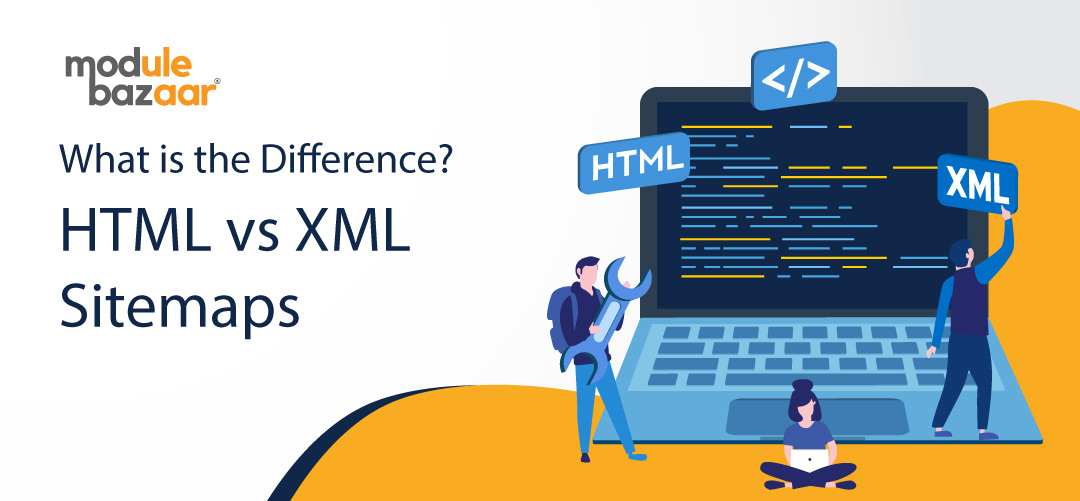When you create a website, you need to make the web pages crawlable so that the search engines can quickly identify the web pages and load them. The eXtensible Markup Language or XML sitemaps, as the name suggests, are like maps. It makes it easier for search engines to identify the corresponding structured data and display the same. The XML sitemaps also make it easier for the search engines to display the small snippets of information on the search engine landing pages when you type in a keyword or phrase. Some of the features of Hypertext Markup Language or HTML and XML sitemaps are as follows:
1. Understanding XML sitemaps
The XML sitemaps are primarily required to evaluate structured data and to make the web pages crawlable. Developers use a sitemap generator, as they need to develop the structured data and the XML sitemaps corresponding to the data to make the web pages recognizable. However, you will need to generate one extension corresponding to the particular website when it comes to HTML. The URLs associated with the web pages will be stored in the XML sitemap. If you are developing a large website, then you can have multiple XMLs versus one HTML extension. With the XML sitemaps, you can store all information regarding the changes made to the website, the new information added, and better content management. Although both HTML and XML behave similarly, XML is better for the following reasons:
- XML extensions provide better feed to the search engines.
- You can develop different types of XML maps based on the type of media used on your website.
Therefore, if you want to make your website easily recognizable by the commonly used search engines, you should use XML sitemaps for the website’s web pages.
2. Different types of XML sitemaps and their minimum requirements
When you use the XML sitemap generator to create the extension for your website’s structured data, you must understand the minimum requirements of individual XML sitemaps. The three different types of XML sitemaps are primarily video sitemaps, image sitemaps, and mobile sitemaps. The minimum requirements for any of these three types of XML sitemap are as follows:
- Should contain canonical URLs with 200 status code
- BUTF-8 encoded
- The files created should be compressed using the gzip compression utility.
- It should not contain more than fifty thousand URLs
You must follow these basic requirements to ensure that you can create the XML sitemaps successfully. Otherwise, it will show an error, and you will have to rewrite the code.
Read Also:- How to submit a sitemap to Google Search Console 2020
3. XML for large sites
Usually, XML sitemaps are ideal for larger sites even though you cannot exceed the limit of 50,000 URLs for a single XML sitemap. Nevertheless, you can use it for a more extensive website as well. For example, the news sitemaps and image sitemaps make it easier for search engines to identify your website. Therefore, even when you are using XML markups to correspond to your website’s structured data, all you need to do is change the type of sitemap that you are using. This will make the web pages easily accessible for the search engines, and the ranking of your company’s website will improve.
Thus, XML markups are ideal for all types of websites and even for websites that are exceptionally large. The most significant advantage of using XML is that you can easily trace the changes that have been made on the website. All the information is stored in the XML sitemap, making it easier to access, display, and transmit data.


